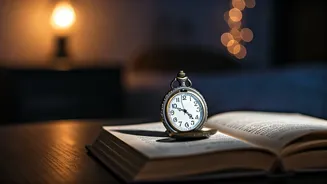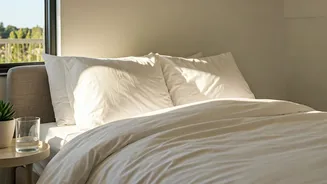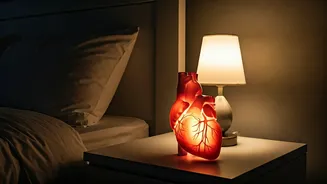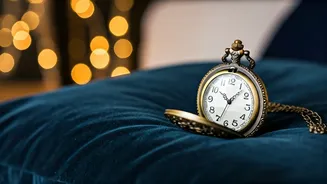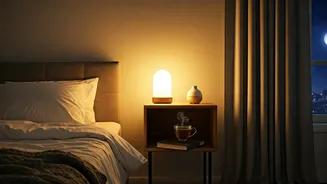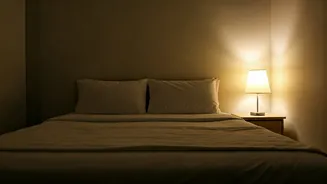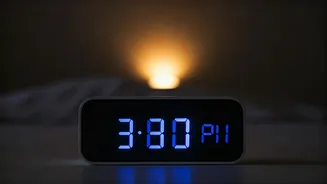A Sleep Through History
Historically, before the widespread availability of artificial light, humans generally followed a biphasic sleep pattern. This meant that they divided
their nightly rest into two phases. The first sleep period, typically occurring shortly after dusk, was often followed by a period of wakefulness during the middle of the night. This interval allowed for various activities before a second sleep phase commenced towards dawn. Several factors influenced this sleep arrangement, including the limited availability of light and the natural rhythms of the human body, particularly the influence of melatonin and the circadian rhythm. These natural rhythms helped to regulate sleep and wakefulness, making biphasic sleep a practical response to the environmental conditions of the time.
Circadian Rhythms and Sleep
The human body's internal clock, known as the circadian rhythm, plays a crucial role in regulating sleep patterns. This internal biological clock, synchronized with the cycle of day and night, influences when we feel sleepy and when we feel alert. Melatonin, a hormone produced in the brain, also profoundly affects our sleep. As darkness falls, melatonin levels increase, signaling to the body that it's time to sleep. Early sleep patterns were significantly influenced by these internal biological processes. Before the advent of electricity, individuals were more closely attuned to these natural cycles, leading to sleep behaviors, such as biphasic sleep, that were harmonious with the body's natural rhythms. The knowledge of how our body’s internal clock and melatonin levels affect our sleep is essential to understanding these historical sleep patterns.
Biphasic Sleep Explained
Biphasic sleep is characterized by two distinct periods of sleep within a 24-hour cycle. This contrasts with the monophasic sleep pattern common in modern societies, where people usually sleep for one continuous block of time during the night. The biphasic sleep schedule that was common historically typically consisted of a first sleep period beginning shortly after sunset, followed by a wakeful period that might last a few hours, and then a second sleep period until dawn. During the interval between the two sleep phases, people might engage in various activities, from social interactions to practical tasks. This type of sleep was practical and suited the environmental conditions before widespread electricity.
Light's Influence On Sleep
The invention of artificial light significantly altered human sleep patterns. Before electricity, the absence of bright light during the night influenced the natural release of melatonin. People slept during the darkness, and the darkness itself helped regulate the circadian rhythm. With the advent of artificial lighting, this was disrupted. The use of light at night extended waking hours and shifted the sleep cycle. This shift from darkness to artificial lighting played a critical role in the decline of biphasic sleep. It allowed people to stay awake longer, and ultimately led to the adoption of a monophasic sleep schedule.
Modern Sleep Adaptation
In modern times, our lifestyles often conflict with our natural sleep rhythms. Many people experience sleep problems due to irregular schedules, stress, and exposure to artificial light. Considering the historical practice of biphasic sleep might offer insights into adapting our sleep practices. Understanding the natural processes that regulate sleep, like the circadian rhythm and the effects of melatonin, can help us to restructure sleep patterns. Incorporating practices such as reducing exposure to light at night, establishing consistent sleep schedules, and prioritizing relaxation can foster healthier sleep habits. Perhaps revisiting the concept of biphasic sleep could help align our lives better with our inherent biological needs.
